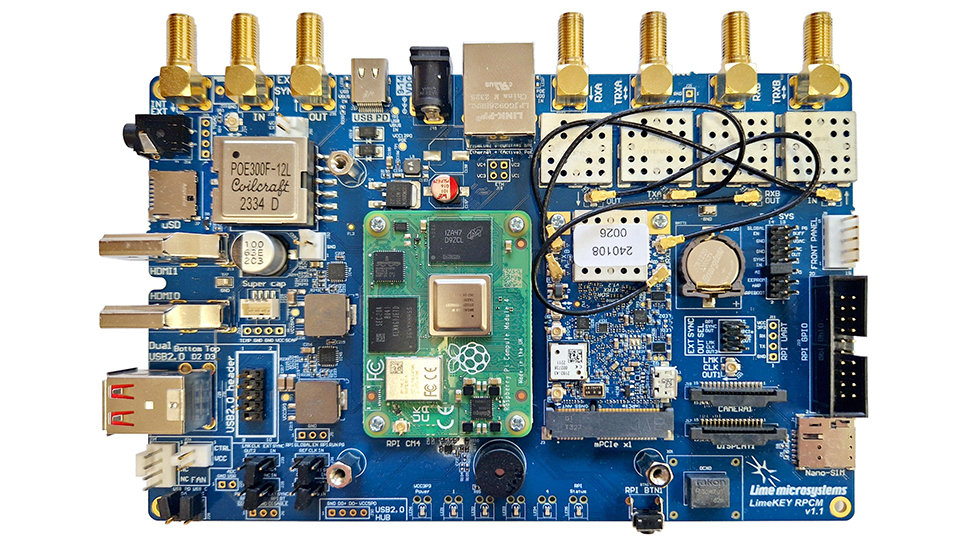Forget about Wi-Fi, your own private 5G network could be the answer to your connection woes — here's how to set one up for much cheaper than you think
Vodafone and Lime Microsystems have partnered on a solution

Private 5G networks, where individuals or companies set up their own cellular connections, could potentially provide a viable alternative to Wi-Fi.
Vodafone, which wants to make 5G-based mobile private networks (MPNs) more accessible to the 22 million SMEs across Europe, first unveiled a Raspberry Pi-powered prototype of a 5G network-in-a-box at MWC 2023, and followed it up with an improved version at this year’s event.
Produced in collaboration with Lime Microsystems, (whom Vodafone first partnered with on Open RAN technology back in 2017), the LimeNET Micro 2.0 Developer Edition, a crowd-funded series of private 5G base-station kits, is on sale now through Crowd Supply, with prices ranging from $800 to $12,000.
Faster, better connections
The modular radio platform uses the Raspberry Pi Compute Module 4 and LimeSDR XTRX for computing and RF capabilities respectively, and features a LimePSB RPCM planar system board. There’s also a deluxe version that includes an Amarisoft 5G stack and core, two smartphones, and ten SIM cards, offering a turnkey private 5G network solution.
Private 5G networks have been shown to deliver connections up to ten times faster than Wi-Fi in high-load networks and they offer security and mobility benefits. Santiago Tenorio, network architecture director at Vodafone, gave an example to IEEE Spectrum of how it could be used in a bakery. “You don’t need a password. You don’t need a conversation [with a clerk behind a counter] or a QR code. You simply walk into the bakery, and you are connected to the bakery’s network,” he said.
Talking about the challenge that comes with developing a private 5G base station, Ebrahim Bushehri, CEO and founder of Lime Networks, said, “The solution had to be ultraportable and with an optional battery pack which could be mounted on drones and autonomous robots, for remote and tactical deployments, such as emergency-response scenarios and temporary events.”
At the time of writing, there are still 22 days left to fund the project, which has a $1 goal. “Crowdfunding,” Bushehri told IEEE Spectrum, “is one of the key indicators of community interest and engagement. Hence the reason for launching the campaign on Crowd Supply to get feedback from early adopters.”
Sign up to the TechRadar Pro newsletter to get all the top news, opinion, features and guidance your business needs to succeed!
More from TechRadar Pro

Wayne Williams is a freelancer writing news for TechRadar Pro. He has been writing about computers, technology, and the web for 30 years. In that time he wrote for most of the UK’s PC magazines, and launched, edited and published a number of them too.